The Ultimate Guide To Companion Planting For Romaine Lettuce
Introduction
Romaine lettuce is a delicious and versatile vegetable that can be enjoyed in a variety of ways. It's also relatively easy to grow, but there are a few things you can do to help ensure a successful harvest. One of the most important things is to choose the right companion plants.
Companion planting is the practice of planting certain types of plants together to benefit each other. There are many different benefits to companion planting, including:
- Increased pollination
- Reduced pest and disease pressure
- Improved soil health
- Increased yields
In this guide, we'll discuss the best companion plants for romaine lettuce. We'll also talk about some plants that you should avoid planting near romaine lettuce.
Best Companion Plants for Romaine Lettuce
There are many different plants that can be good companion plants for romaine lettuce. Here are some of the best:
- Carrots: Carrots and lettuce are both root crops, so they don't compete for the same nutrients in the soil. Carrots also help to deter pests, such as aphids and slugs.
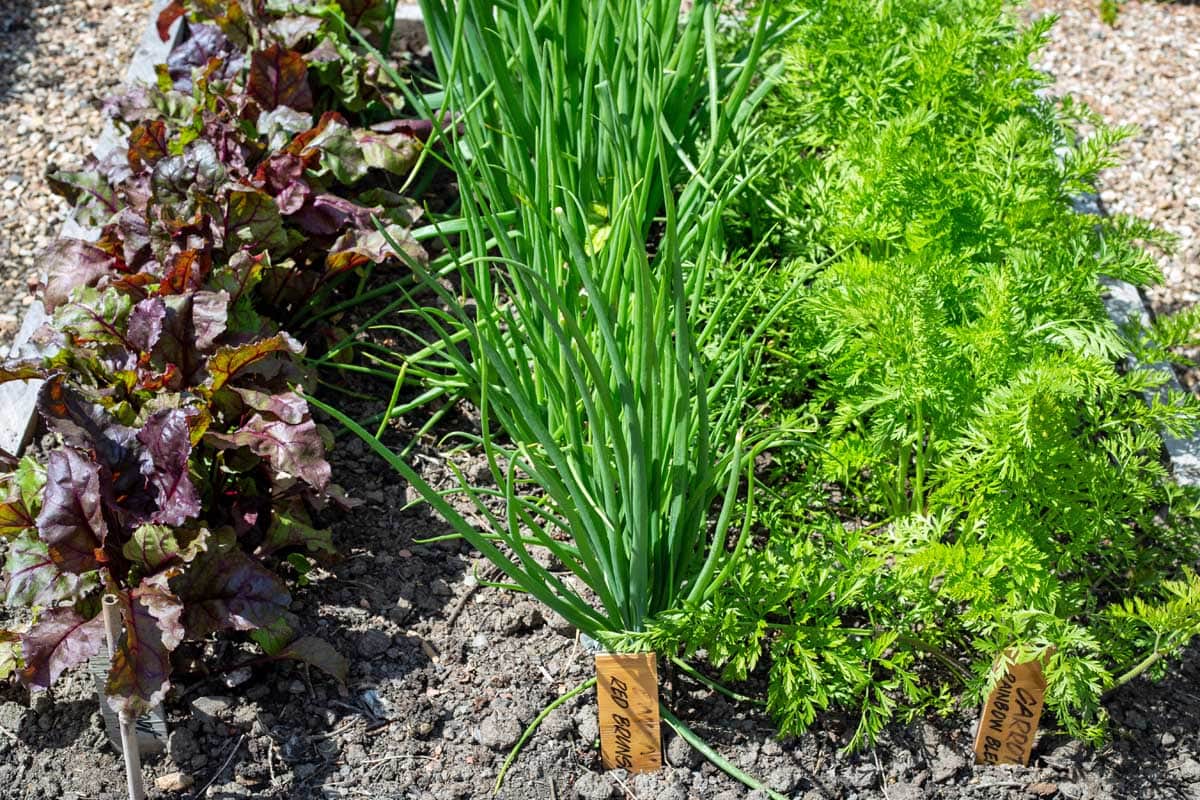
- Chives: Chives are a great insect repellent, so they can help to keep pests away from your lettuce. They also add a delicious flavor to salads and other dishes.
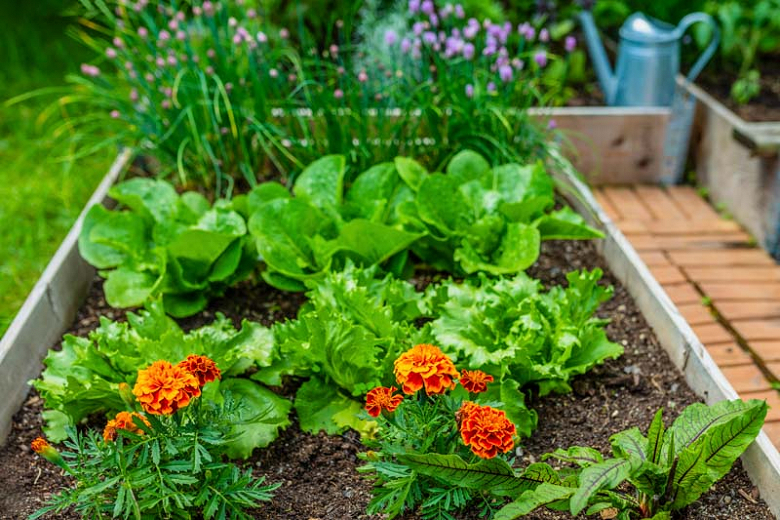
- Cilantro: Cilantro is another insect repellent that can help to keep your lettuce safe from pests. It also adds a fresh, citrusy flavor to salads and other dishes.
- Marigolds: Marigolds are not only beautiful flowers, but they also help to deter pests. They release a chemical that repels nematodes, aphids, and other insects.

- Nasturtiums: Nasturtiums are another great insect repellent. They also attract beneficial insects, such as ladybugs and lacewings, which help to control pests.

- Peas: Peas are legumes, which means they fix nitrogen in the soil. This can help to improve the soil quality for your lettuce plants. Peas also provide shade for lettuce, which can help to prevent it from bolting.
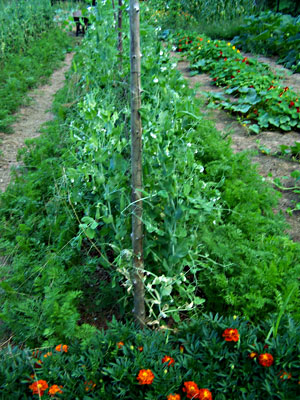
- Radishes: Radishes are a fast-growing crop that can be used as a "trap crop" for pests. They attract pests away from your lettuce plants, so you can then remove the radishes and destroy the pests.

Plants to Avoid Planting Near Romaine Lettuce
There are a few plants that you should avoid planting near romaine lettuce. These include:
- Cabbage: Cabbage and other brassicas are susceptible to the same pests and diseases as lettuce, so planting them together can increase the risk of problems.

- Kale: Kale is another brassica that should be avoided planting near lettuce.

- Onions: Onions can stunt the growth of lettuce plants.

- Garlic: Garlic can also stunt the growth of lettuce plants.
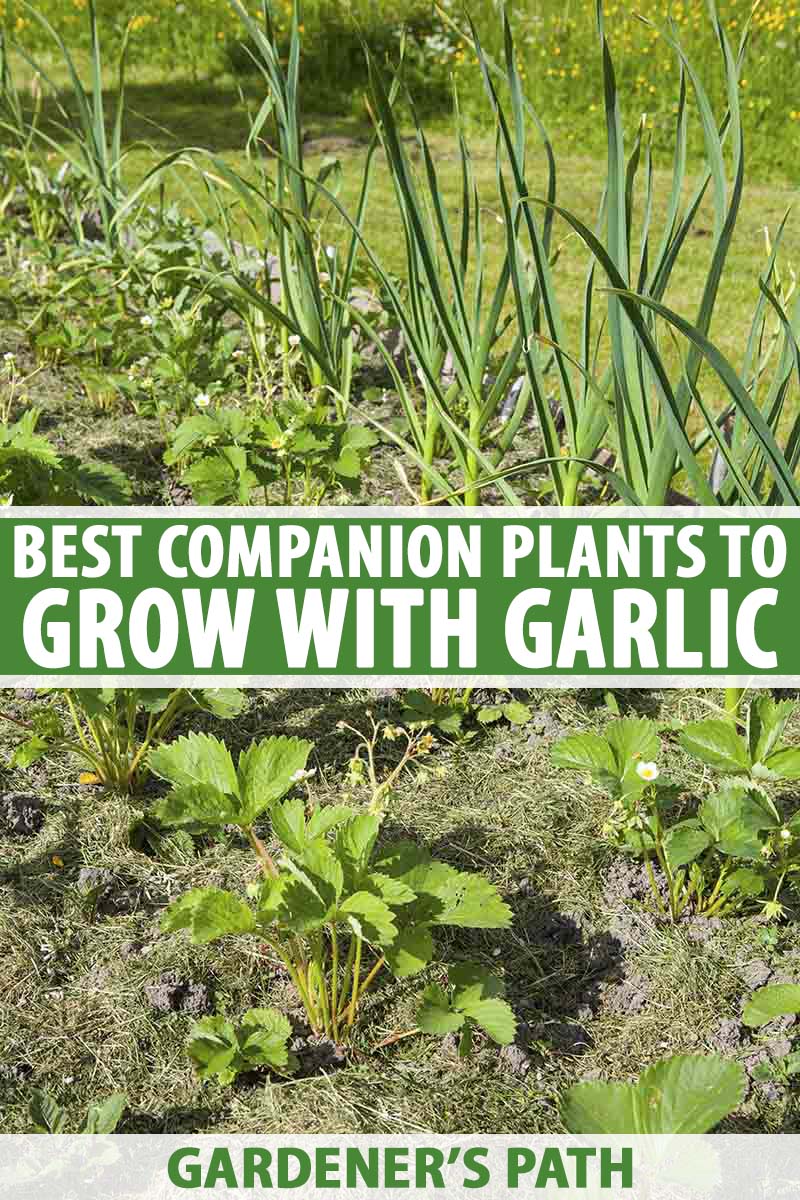
Conclusion
Companion planting is a great way to improve the health and productivity of your garden. By planting the right plants together, you can help to deter pests, improve soil quality, and increase yields.
If you're growing romaine lettuce, be sure to plant it with some of the companion plants listed above. You'll be glad you did!
Romane lettuce is a delicious and versatile vegetable that can be enjoyed in a variety of dishes. But did you know that there are certain plants that can help to improve the growth and flavor of romaine lettuce?
Companion planting is the practice of planting certain plants together to benefit each other. Some of the best companion plants for romaine lettuce include:
- Carrots: Carrots help to loosen the soil, which allows the roots of romaine lettuce to grow more easily.
- Marigolds: Marigolds help to repel pests, such as aphids and nematodes, which can damage romaine lettuce plants.
- Cilantro: Cilantro releases chemicals that attract beneficial insects, such as ladybugs and lacewings, which help to control pests.
- Chervil: Chervil has a strong scent that helps to deter slugs and snails, which can be a problem for romaine lettuce plants.
If you're interested in learning more about companion planting for romaine lettuce, I recommend visiting Gardenia Inspiration. This website has a wealth of information about companion planting, including a list of the best companion plants for romaine lettuce.
FAQ of companion plants for romaine lettuce
Question 1: What are some good companion plants for romaine lettuce?
Answer: There are many good companion plants for romaine lettuce, but some of the most popular include:
- Carrots: Carrots help to loosen the soil, which can improve drainage and aeration for lettuce. They also attract beneficial insects, such as ladybugs and lacewings, which eat aphids.
- Cucumbers: Cucumbers and lettuce have similar growing requirements, so they can be planted together to save space. They also help to shade the lettuce from the hot sun, which can help to prevent it from bolting.
- Dill: Dill attracts beneficial insects, such as ladybugs and lacewings, which eat aphids. It also improves the flavor of lettuce.
- Marigolds: Marigolds help to deter pests, such as aphids, nematodes, and whiteflies. They also improve soil health.
- Radishes: Radishes mature quickly, so they can be planted as a "cover crop" to help suppress weeds and improve soil tilth. They also help to deter pests, such as aphids.
Question 2: What are some bad companion plants for romaine lettuce?
Answer: Some bad companion plants for romaine lettuce include:
- Cabbages and other brassicas: Cabbages, broccoli, brussels sprouts, cauliflower, kale, or kohlrabi can be bad companion plants for lettuce because they require similar nutrients from the soil, which can lead to competition and reduced yield.
- Onions and garlic: Onions and garlic can have a negative effect on the flavor of lettuce.
- Spinach: Spinach can shade out lettuce, which can stunt its growth.
Question 3: How do companion plants benefit romaine lettuce?
Answer: Companion plants can benefit romaine lettuce in a number of ways, including:
- Attracting beneficial insects: Many companion plants attract beneficial insects, such as ladybugs and lacewings, which eat aphids and other pests that can damage lettuce.
- Improving soil health: Some companion plants, such as marigolds and nasturtiums, help to improve soil health by suppressing weeds and attracting beneficial bacteria and fungi.
- Providing shade: Some companion plants, such as cucumbers and tomatoes, can provide shade for lettuce, which can help to prevent it from bolting in hot weather.
- Decreasing competition: Companion plants that have different nutrient requirements than lettuce can help to decrease competition for nutrients, which can lead to better yields.
Question 4: How far apart should companion plants be planted for romaine lettuce?
Answer: The spacing requirements for companion plants will vary depending on the specific plants involved. However, in general, companion plants should be spaced at least 12 inches apart to allow for adequate growth.
Question 5: What are some other benefits of companion planting?
Answer: In addition to the benefits mentioned above, companion planting can also help to:
- Improve air circulation: Companion plants can help to improve air circulation around lettuce plants, which can help to prevent the spread of diseases.
- Reduce the need for herbicides and pesticides: Companion plants can help to attract beneficial insects and suppress weeds, which can reduce the need for herbicides and pesticides.
- Enhance the beauty of your garden: Companion plants can add color and interest to your garden, and they can also help to attract pollinators.
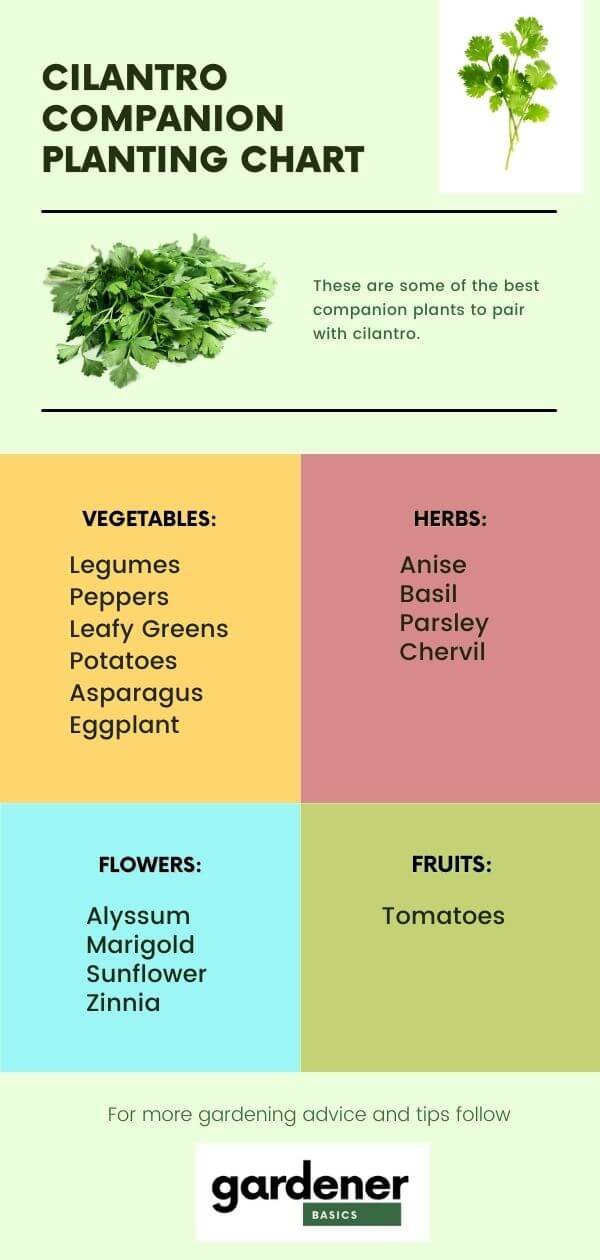
Post a Comment for "The Ultimate Guide To Companion Planting For Romaine Lettuce"